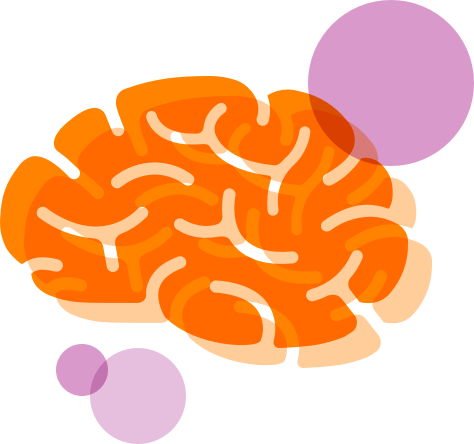
Ammonia levels, risks, and hyperammonemic crises
What can cause high ammonia levels?

Your body makes ammonia as a waste product when it digests protein. Usually, your body changes ammonia to something called urea, which leaves the body as part of urine. In people with UCDs, a part of the urea cycle that changes ammonia into urea is missing or does not work properly. This causes ammonia to build up in the bloodstream, which can be life-threatening.
Why is too much ammonia bad?

Any increase in ammonia, also known as hyperammonemia, is serious and can lead to brain damage over time. Ammonia is toxic, and having too much in the body can have serious consequences. Increased ammonia levels can affect memory, behavior, learning abilities, brain development, and ability to think clearly, and they can lead to life-threatening hyperammonemic crises (HACs) if not managed. An HAC requires immediate medical attention and can cause coma and even death if not treated appropriately.
Learn about important key terms in ammonia level management.>
Sources
- Häberle J, Burlina A, Chakrapani A, et al. Suggested guidelines for the diagnosis and management of urea cycle disorders: first revision. J Inherit Metab Dis. 2019;42(6):1192-1230.
- National Library of Medicine, National Institutes of Health and Human Services. Ammonia blood test. Accessed February 25, 2022. https://medlineplus.gov/ency/article/003506.htm#:~:text=The%20normal%20range%20is%2015,of%20your%20specific%20test%20results
- Weiner ID, Mitch WE, Sands JM. Urea and ammonia metabolism and the control of renal nitrogen excretion. Clin J Am Soc Nephrol. 2015;10(8):1444-1458.
- Enns GM, Porter MH, Francis-Sedlak M, Burdett A, Vockley J. Perspectives on urea cycle disorder management: results of a clinician survey. Mol Genet Metab. 2019;128(1-2):102-108.
- Gropman AL, Prust M, Breeden A, Fricke S, VanMeter J. Urea cycle defects and hyperammonemia: effects on functional imaging. Metab Brain Dis. 2013;28(2):269-275.
- Gerstein MT, Markus AR, Gianattasio KZ, et al. Choosing between medical management and liver transplant in urea cycle disorders: a conceptual framework for parental treatment decision-making in rare disease. J Inherit Metab Dis. 2020;43(3):438-458.





